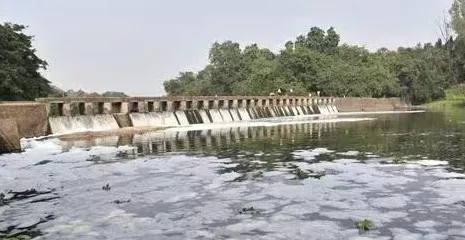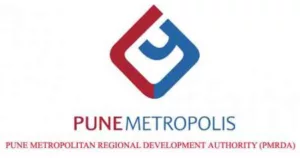Pavana River Enters Most Polluted Category, Urgent Action Needed

Pollution Crisis in Pavana River Prompts Urgent Action, NGT directs PCMC To Submit Plan Of Action
The Pavana River, a crucial water source for Pimpri-Chinchwad, has hit alarming pollution levels, now categorized as ‘priority 1’ by the Central Pollution Control Board (CPCB). This means it’s among the most polluted rivers, demanding immediate action from authorities. Previously, it held a less polluted ‘priority 2’ status.
Recent tests by the Maharashtra Pollution Control Board (MPCB) between November 2023 and January 2024 revealed Biochemical Oxygen Demand (BOD) levels exceeding 30 mg/L, signifying severe pollution and prompting priority reclassification.
An official shared his views. He explained that monthly water sampling highlighted ”A worrying decrease in natural oxygen levels, essential for organic waste breakdown. With levels surpassing 30 mg/L, urgent attention is vital for the river’s well-being.” Pavana River’s stretches in ”Pimpri Gaon, Chinchwadgaon, Ravet, and Sangavi are notably affected.”
In 2022, Pimprigaon’s BOD ranged from 4.8 to 15.9 mg/L, with a water quality index (WQI) above 60. However, by 2023, BOD exceeded 20 mg/L, reaching 31 mg/L in December, indicative of deteriorating water quality. Chinchwadgaon, Ravet, and Sangavi witnessed similar trends with increasing BOD levels.
Rapid urbanization and insufficient sewage treatment infrastructure, resulting in untreated sewage discharge, exacerbate Pune’s river pollution. The CPCB has consistently urged local authorities to expand sewage treatment plants (STPs) and enhance treatment capacity. Delays and negligence have led to penalties against civic bodies.
Concerted efforts are crucial to protect the Pavana River and other water bodies. Enhanced sewage treatment infrastructure and strict enforcement of pollution control measures are trying to restore water quality and ensure public health and environmental well-being.










